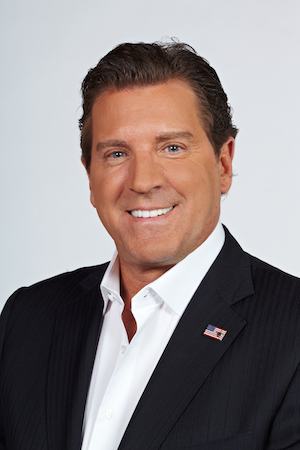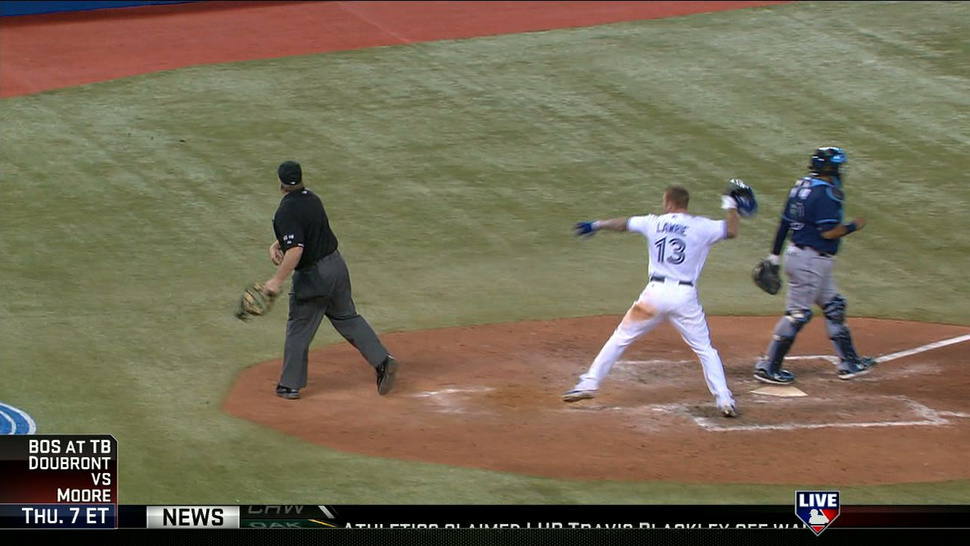
Donald Trump
I’ll try to do this post without the usual comments about Donald Trump’s desperate need for attention over the years, or his combover, bluster, birther issues, and paying people to attend his presidential announcement.
Or the shear delight of late night comics. Or comments about every village having its idiot, and since NYC is the biggest village…..
Crap. Couldn’t do it.
Anyway, as many folks know, Trump made a number of exceptionally nasty and derogatory comments about Mexicans during that announcement, calling them as a group rapists and drug dealers:
When Mexico sends its people, they’re not sending their best. They’re sending people that have lots of problems. They’re bringing drugs. They’re bringing crime. They’re rapists.
If you don’t think that is bad, try substituting Jews, blacks, gays, etc.
Univision, a Spanish language station that carries Trump’s Miss USA and Miss Universe contests, dumped Trump over the comments. Then NBC fired him from a TV show called Celebrity Apprentice.
Trump sued Univision yesterday for breach of contact and defamation. I haven’t see the contract, and have no opinion on it, but I do have an opinion on the defamation.
Having myself been the subject of two frivolous defamation suits for my comments on this blog, it probably doesn’t come as a surprise to regular readers that I have opinions on the subject. (See Rakofsky and Katz)
As best I can glean from this, the defamation claim surrounds the publication of a picture of Trump next to alleged mass murderer Dylann Roof. The publication took place on Instagram by Univision’s President, Alberto Ciurana, and has since been taken down. You’ll find the reference to it in paragraph 29 of the Complaint.Trump Defamation Case
 Is the photo nasty? You betcha. I publish it here so that you know what this part of the suit is about. And so you also understand why it represents constitutionally protected free speech under the First Amendment.
Is the photo nasty? You betcha. I publish it here so that you know what this part of the suit is about. And so you also understand why it represents constitutionally protected free speech under the First Amendment.
Because, ugly as the picture is, it does not represent fact, but opinion. And the First Amendment clearly protects opinion. You can’t bring a lawsuit (successfully) for hurt feelings because people were mean to you on the Internet.
Since Trump brings this case in Manhattan, New York’s First Department, the court will likely quote this type of language, that was used in the dismissal of the Katz case against me:
“‘[s]ince falsity is a sine qua non of a libel claim and since only assertions of fact are capable of being proven false…a libel action cannot be maintained unless it is premised on published assertions of fact,’ rather than on assertions of opinion.” Sandals Resort Intl. Ltd. v. Google, Inc., 86 A.D.3d 32, 38 (1st Dept 2011) (quoting Brian v. Richardson, 87
In 1986 New York’s Court of Appeals said in Steinhilber v. Alphonse that expressions of opinion, as opposed to assertions of fact, are privileged and, no matter how offensive, cannot be the subject of an action for defamation. Non-actionable opinion includes “rhetorical hyperbole, vigorous epithets, and lusty and imaginative expression,” as well as “loose, figurative, hyperbolic language.
Trump doesn’t even come close to asserting a false fact. That cause of action is destined to be dismissed.
By filing a $500M defamation claim (paragraph 61), Trump knows he will get headlines. And he is. Despite the fact that the suit is empty.
Trump, of course, freely admits that he is outrageous on purpose to garner press. In his book The Art of the Deal, he writes:
One thing I’ve learned about the press is that they’re always hungry for a good story, and the more sensational the better. It’s in the nature of the job, and I understand that. The point is that if you are a little different, or a little outrageous, or if you do things that are bold or controversial, the press is going to write about you. I’ve always done things a little differently.
But that doesn’t mean a judge should tolerate the abuse of the courts for that purpose. The judicial culture of New York judges is to avoid sanctions for clearly frivolous claims, but that needs to change. We have provisions for sanctions for both a frivolous suit and for frivolous conduct. They should be used.
This is not the first time Trump will lose a defamation case. Trump was dumped back in 2011 when book author Timothy O’Brien questioned his claims of wealth, writing that Trump was worth $150M-$250M, and not the $7 billion he boasted about. Trump had testified, before he was dumped, that his net worth depends in part on his “own feelings.”
Two more quick points: New York prohibits making an ad damnum clause in a personal injury case, and defamation falls into that category. It was outlawed in 2003. Yet Trump does it anyway, for $500M.
I’ve written about this before. There are only two reasons to put the monetary claim in the complaint: The lawyer was ignorant or there was a deliberate attempt to garner headlines.
The usual response by judges is simply to strike the demand, but by then the damage has been done and the headlines written.
A far better avenue for the court is levy sanctions for having done it. And given Trump’s nature as a vexatious litigant, and his admitted conduct of being outrageous to get press, sanctions would be wholly appropriate.
This isn’t just my opinion, but that of the late guru on New York Practice, David Siegel. In his treatise on New York practice he wrote:
“Some cases have held that a violation of the CPLR 3017(c) pleading restriction can be cured with a mere amendment striking the reference to the demand, but the imposition of a money sanction in an appropriate sum might better implement this aspect of CPLR 301(c).”
Finally, the Legislature should finish its work with regard to the anti-SLAPP legislation that has passed the Assembly but stalled in the Senate. Trump is clearly trying to stifle the public discussion of his outrageous conduct, and this should not be permitted.
Update: At a presidential debate on Feb. 25th Trump said the matter had been “settled.” A motion to dismiss had been pending and I assume he didn’t want the wrath of a judge that might give him a YUGE sanction. I’d be stunned if Trump received even one nickel.
The actual statement by Trump:
TRUMP: I’m just telling you, I’m doing very well with Hispanics. And by the way, I settled my suit, as you know, with Univision. It was settled. We’re good friends now. It was all settled up.






